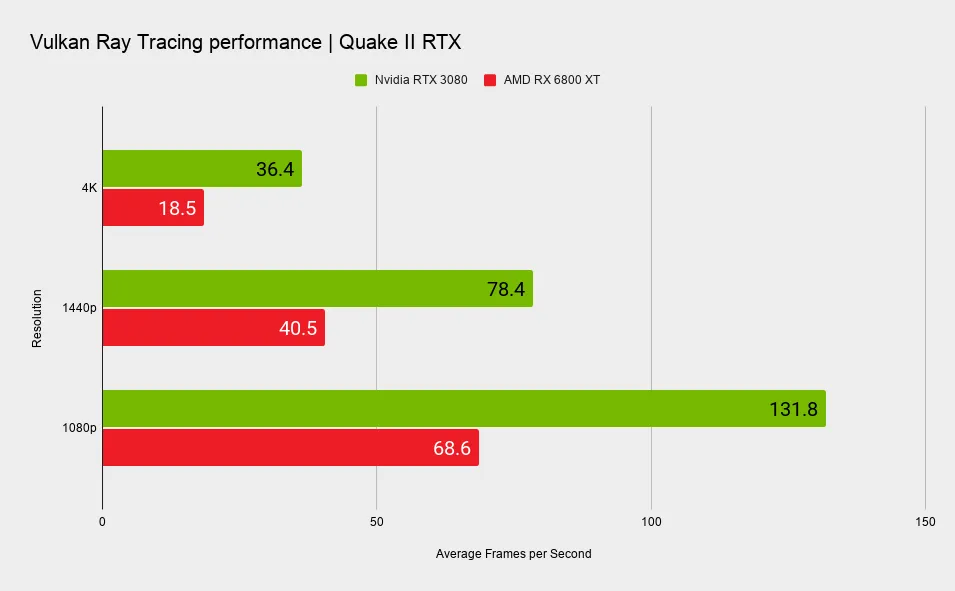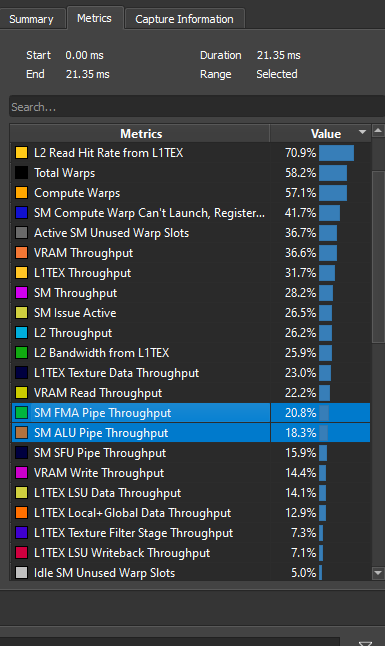Quake 2 RTX tests, the RTX 3080 is 190% to 200% faster than 6800XT:
'Must be drivers' - 'NV paid the devs' - 'RT isnt worth it'. In all seriousness, RTX gpus have the large RT advantage, AMD can make strides even in RT, but their behind. Its the same on the reconstruction front. They compete in rasterization though, atleast if BW isnt a problem.
The push for rasterization is there (on both fronts), but i doubt its the only way forward.





